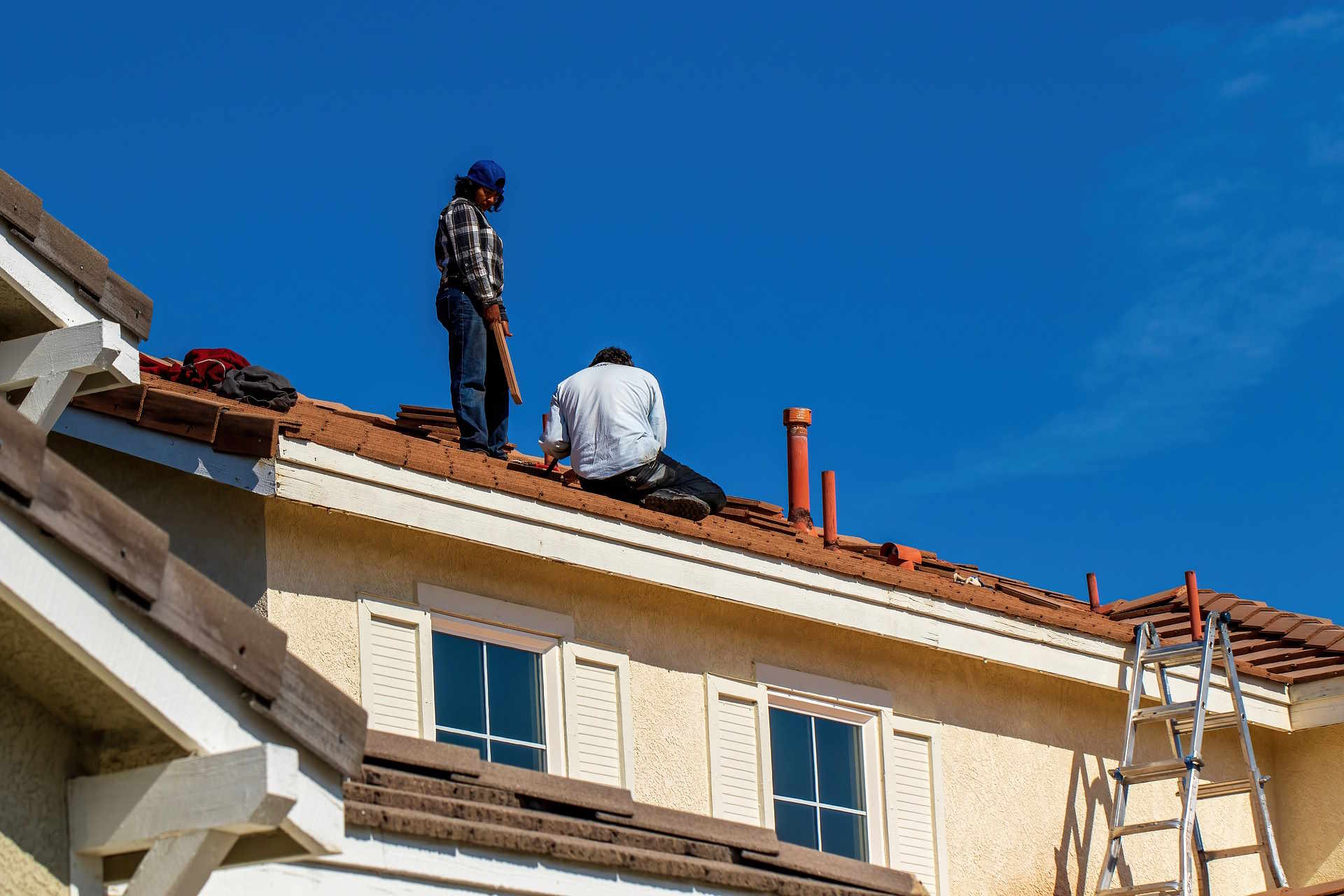Understanding T1-11 Plywood Siding: A Comprehensive Guide
T1-11 plywood siding is a popular exterior wall covering that has been widely used in residential and commercial construction for decades. This versatile building material offers a distinctive wood-grain appearance and practical applications for various structures, from sheds and garages to homes and outbuildings. Understanding its characteristics, uses, and maintenance can help homeowners and builders make informed decisions about exterior cladding.

What is T1-11 Plywood Siding and Its Common Uses?
T1-11 is a type of exterior-grade plywood specifically designed for siding applications. Manufactured with a textured surface that mimics wood paneling, it provides an attractive and functional exterior covering. Commonly used for agricultural buildings, storage sheds, barns, and residential accessory structures, this siding material offers a cost-effective solution for exterior wall protection.
Types of T1-11 Panels and Surface Finishes
Manufacturers typically produce T1-11 siding in two primary variations:
-
Textured Smooth: Features a more refined surface with less pronounced wood grain
-
Textured Rough-Sawn: Offers a more rustic, pronounced wood-like texture
The panels come in standard sizes, usually 4x8 or 4x9 foot sheets, with thickness options ranging from 5/8 to 3/4 inches. Different wood species and treatment levels provide variations in appearance and durability, including options with enhanced weather resistance.
Durability Factors and Weather Performance
T1-11 siding’s performance depends on several key factors:
-
Exterior-grade treatment
-
Proper installation
-
Regular maintenance
-
Climate conditions
When properly sealed and maintained, T1-11 can withstand moderate environmental challenges. However, it is more susceptible to moisture damage compared to some modern siding materials. Homeowners should implement protective strategies to maximize its longevity and prevent potential deterioration.
Installation Steps and Tools Needed for T1-11 Siding
Successful T1-11 siding installation requires:
Tools:
-
Circular saw
-
Hammer or nail gun
-
Level
-
Tape measure
-
Caulking gun
-
Protective sealant
Key Installation Steps:
-
Prepare the wall surface
-
Install moisture barrier
-
Align panels carefully
-
Secure with appropriate fasteners
-
Seal joints and edges
-
Apply protective coating
Proper installation is crucial to ensure the siding’s performance and longevity.
Pricing and Product Comparison
| Panel Type | Average Cost per Sheet | Recommended Use |
|---|---|---|
| Smooth T1-11 | $35-$45 | Residential structures |
| Rough-Sawn T1-11 | $40-$50 | Rustic or agricultural buildings |
| Treated T1-11 | $45-$55 | High-moisture environments |
Prices, rates, or cost estimates mentioned in this article are based on the latest available information but may change over time. Independent research is advised before making financial decisions.
Care and Maintenance Practices
Extending T1-11 siding’s life requires consistent maintenance:
-
Inspect annually for damage
-
Reapply protective sealant every 2-3 years
-
Promptly repair any moisture-damaged areas
-
Clean surface with mild detergent
-
Repaint or restain as needed
Proper care can significantly extend the material’s useful life and maintain its aesthetic appeal.
Selecting T1-11 plywood siding involves considering its unique characteristics, installation requirements, and maintenance needs. While it offers an attractive and economical exterior cladding option, homeowners should carefully evaluate their specific requirements and local environmental conditions before installation.




